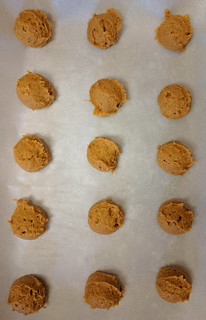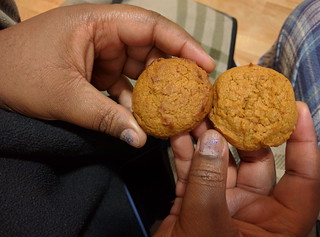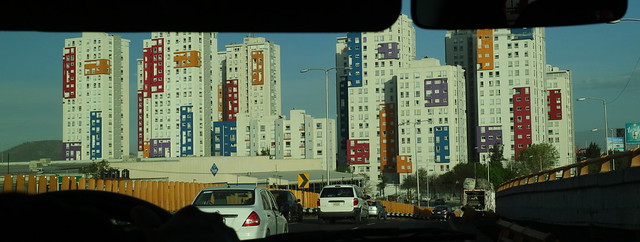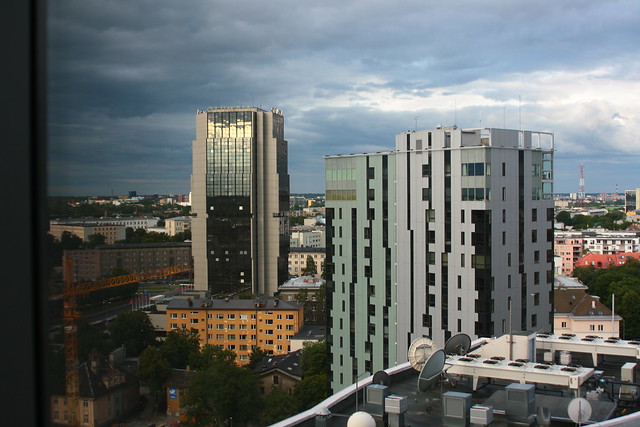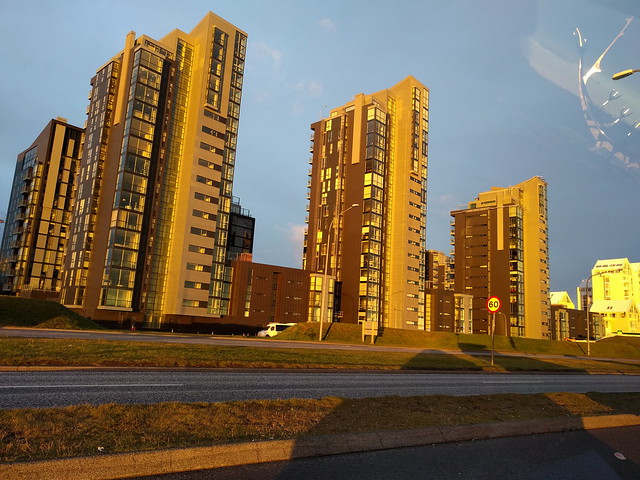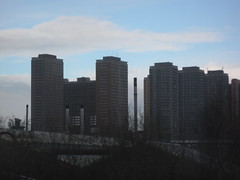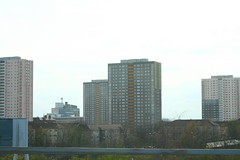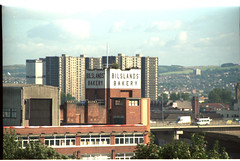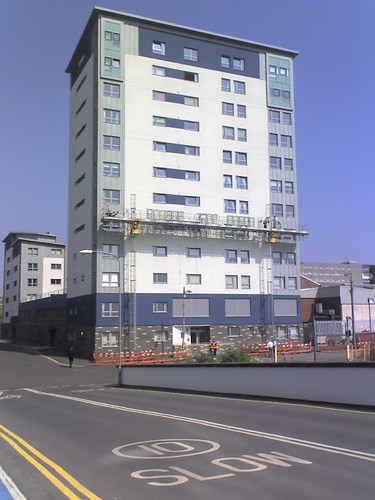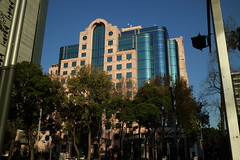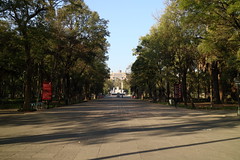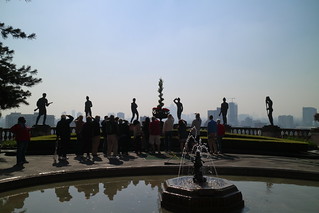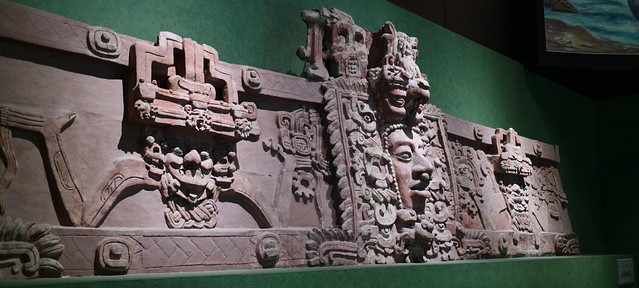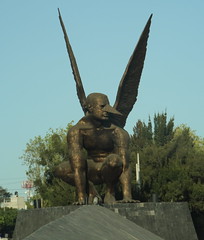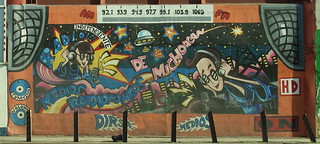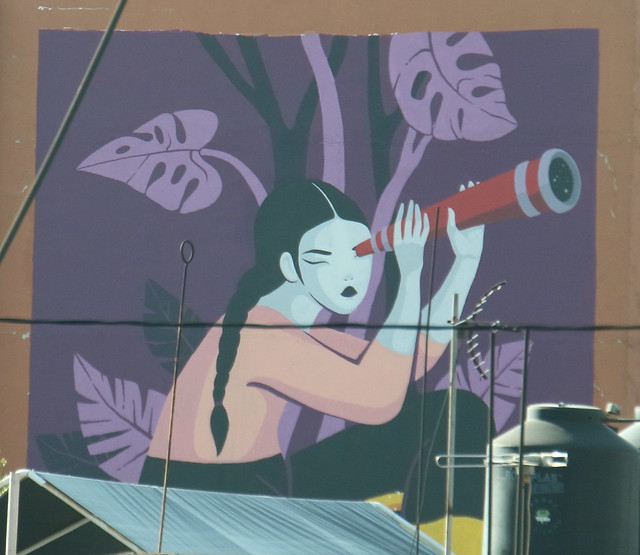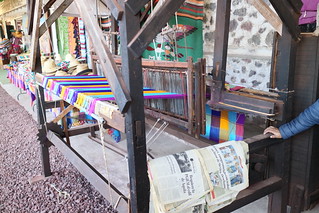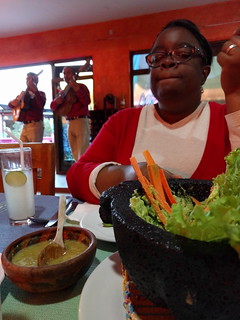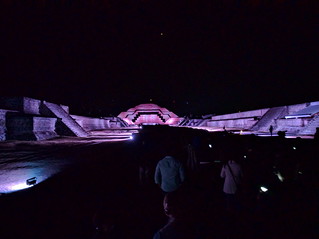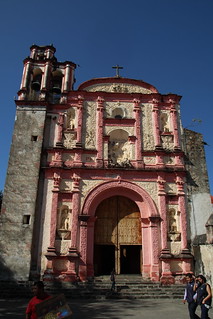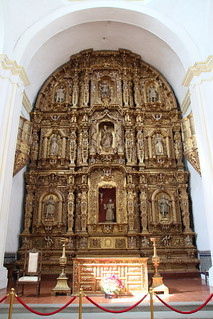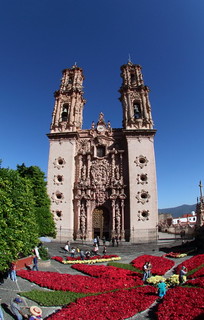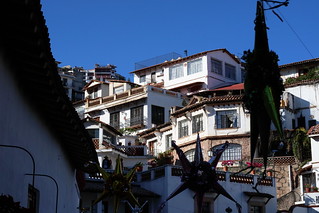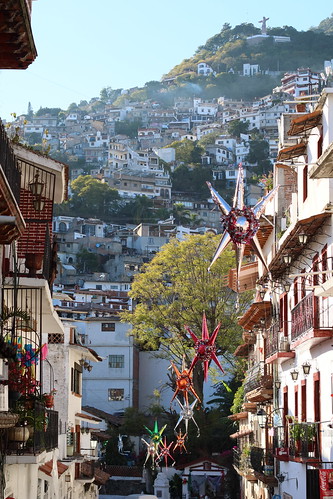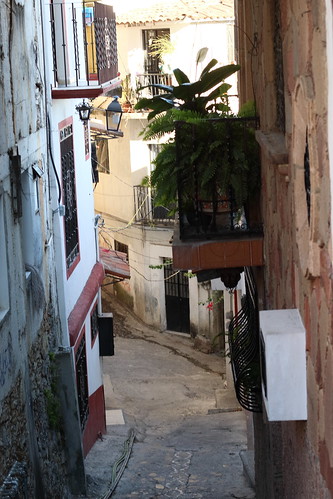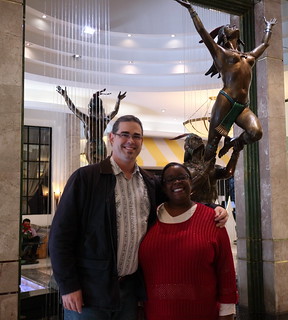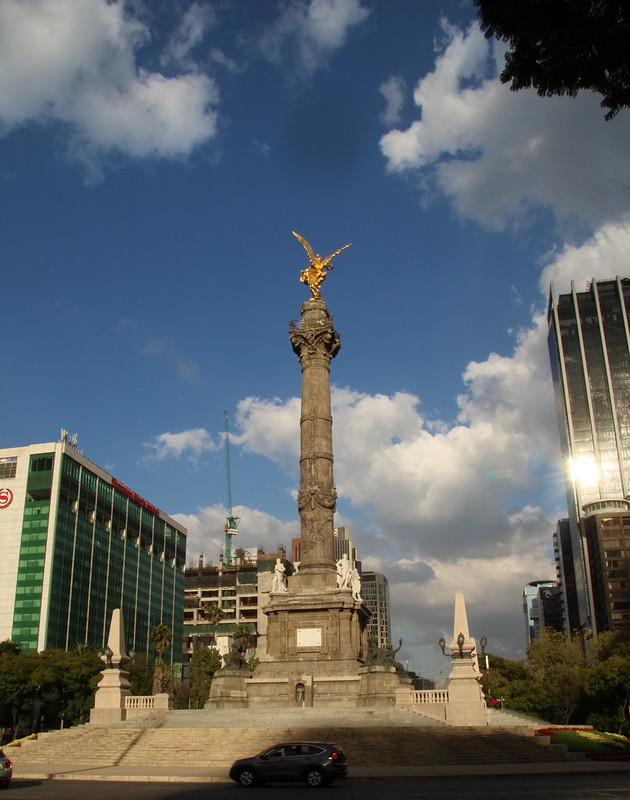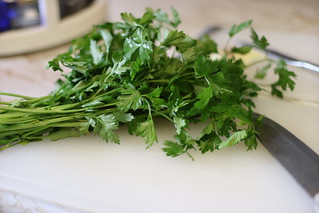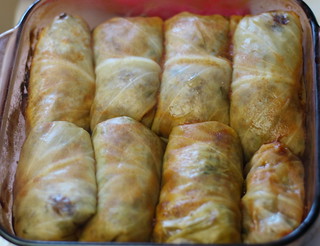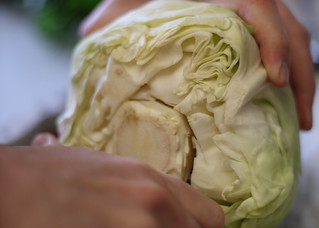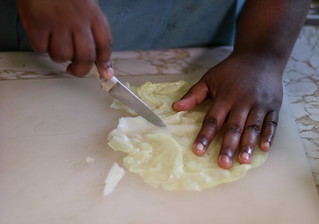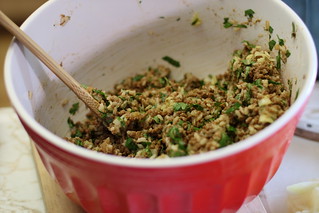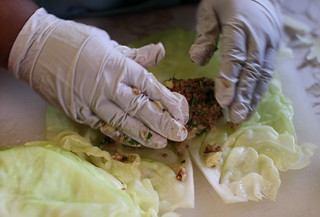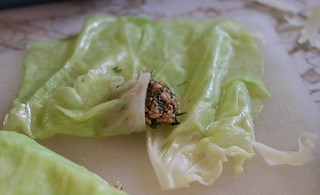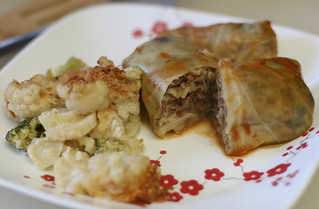You know what’s problematic? Vegan cookie dough.
In the fourth grade, T went to play at a friend’s house, and while the mother was diligently ironing, she was watching Days of our Lives, and eating, with a small spoon, from a bowl. Curious (nosy) T was offered some. And she was horrified. It was chocolate chip cookie dough – with raw eggs in it.
Being that awful know-it-all child, T gasped that raw eggs were BAD for you, and didn’t indulge. But, vegan cookie dough on a rainy afternoon… is another problem altogether. What’s worse? Is sweet potato cookie dough. If you already like sweet potatoes, baker, you may be doomed…
*cough*
We have used surplus root veg to make cookies and muffins before, and it can be a great idea. Lots of vitamins and high fiber, and with minimal sweetener – honey or molasses – it’s a good way to use farm box veggies. This recipe uses sweet potato puree, so if you have a couple of baked yams sitting around, it’s a great way to use leftovers.
We revised a traditional Southern cooking show recipe and doubled everything but the sugar, and we still think it could maybe be cut a little, but your mileage may vary. Your baking time may also vary; we had to shorter ours quite a bit, or have black-bottomed cookies, which aren’t that tasty.
Sweet Potato Snaps
- 2 cups all-purpose flour
- 1/2 teaspoon baking powder
- 1/2 teaspoon baking soda
- 2 teaspoons ground cinnamon
- 1/2 teaspoon ground ginger
- 1/2 teaspoon ground allspice
- 1/8 teaspoon ground nutmeg
- 1/2 teaspoon salt
- 1 stick (1/2 cup) salted butter, room temperature
- 1 cup granulated sugar
3/4 cup light brown sugar2 Tbsp. molasses1 egg, room temperature1 Tbsp ground flax seed- 1 teaspoon vanilla extract
- 1 cup sweet potato puree
- Preheat the oven to
375°F350°F.In a medium bowl, sift together the flour, baking powder, baking soda, cinnamon, ginger, allspice, nutmeg, and salt.- Cream butter and sugar.
- Add sweet potato and mix until incorporated.
- Mix in dry ingredients and vanilla.
- Drop by heaping tablespoons onto the prepared cookie sheets, leaving about 2 inches of space between each cookie.
Bake 18 minutes.Bake 10-12 minutes unless you’d like to eat cinders.
These actually taste – in dough form – like a cross between pumpkin pie and gingerbread – but once baked up, the spices create a subtler seasoning, and the sweet potato flavor really shines out. Be sure to let the cookies sit a bit after baking – not only are these little nuclear furnaces to bite into, the starches need to settle in order to give them that chewy gingersnap texture. Five-to-seven minutes should do the trick, and yes, you can wait that long.
As you can see, we used a scoop to make these cookies the same uniform size (until some of us got bored with that *ahem*) but if you have a cookie press, the cookie dough is a great consistency for that.
Originally, the cookies were meant to be finished with an orange glaze, but we really feel like a.) there’s already quite enough sugar going on there, and b.) the orange might be better added as extract, just before baking. If you were making these for a party, and not just for at-home snacking, by all means, use a powdered sugar and orange juice glaze and a zest an orange to give it a bit of color, but the sweet potato flavor really doesn’t need the extra help, and if you use too much sugar, you really run the risk of losing the subtle play of flavor. Definitely use more orange than sugar here!
Enjoy – and enjoy these rainy, hazy, crazy days of winter.
